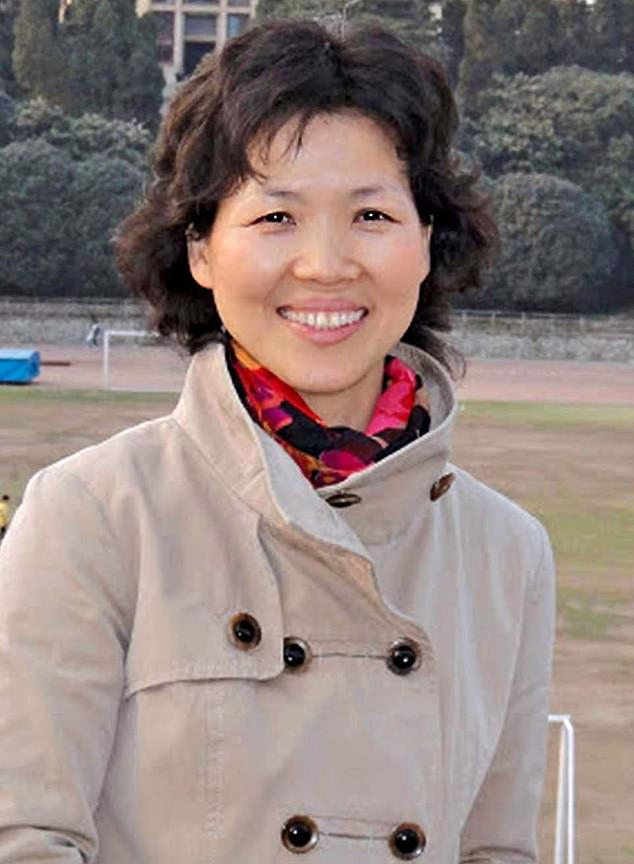Shi Zhengli, the Chinese virologist known as bat woman, is back with new updates on the cave virus. She gave a clarification on the paper submitted nine months ago and said that samples taken from miners from Yunnan Province did not have any similarity to COVID-19.
Conspiracy theories were afloat that bat virus was 96 percent similar to the coronavirus. The conspiracy theories also had stated that coronavirus was leaked from Shi's lab in Wuhan in February. But interestingly, Shi addressed the issue nine months later and has given details on the cave virus case refuting the theories.

Fresh Test on Cave Virus Samples
A group of miners working in bat caves fell sick with mysterious virus eight years ago in Yunnan Province in southwest China. Conspiracy theories claimed that samples collected from the miners and bats in the caves were 96 percent similar to COVID-19 and were leaked from Shi's lab.
Shi has now addressed the concern and said that her team conducted fresh tests on blood samples taken eight years ago from a group of miners who had fallen sick. The latest tests showed that none of them were infected with the coronavirus that causes Covid-19, Shi said.
Shi heads the Centre for Emerging Infectious Diseases at the Wuhan Institute of Virology and is called 'bat woman' as she has done extensive research on coronaviruses in the mammals. Her latest update on cave virus was published this week in the scientific journal Nature. But it is not known why Shi decided to publish the paper now on a concern that was raised in February.
The update also has details of her team finding out the bat coronavirus in 2012 and the sample was renamed as RaTG13. The update also clarifies that none of the virus samples from humans and animals collected by her team had Sars-CoV-2.
When claims were made that RaTG13 had almost all features of Sars-CoV-2, Shi had said that there was a chance that bats could have been initial hosts of Sars-CoV-2 but said that it was not proved that bats could transmit the virus to humans.
Renaming of Virus Sample
Shi and her team conducted re-tests on the 13 serum samples collected from four miners from the bat cave in 2012. The team also had samples of various animals living near the cave between 2012 and 2015. After the tests virus RaTG13 was found in one of these samples.
The sample was initially deposited in GenBank under the name KP876546 in 2016. Revelation of this information led to floating of conspiracy theories that Shi had tried to cover up the facts and claimed that KP876546 had 96 percent similarity with Sars-CoV-2. They also claimed that KP876546 and RaTG13 were same, trying to prove that RaTG13 was similar to Sars-CoV-2.
But refuting the claims, Shi's latest update states that the KP876546 strain was renamed as RaTG13 to reflect the bat species, the location and the sampling year and not to hide any facts.
Shi also said that difference of 3.8 per cent in the genome indicated that it took decades for coronavirus to mutate into Sars-CoV-2.









